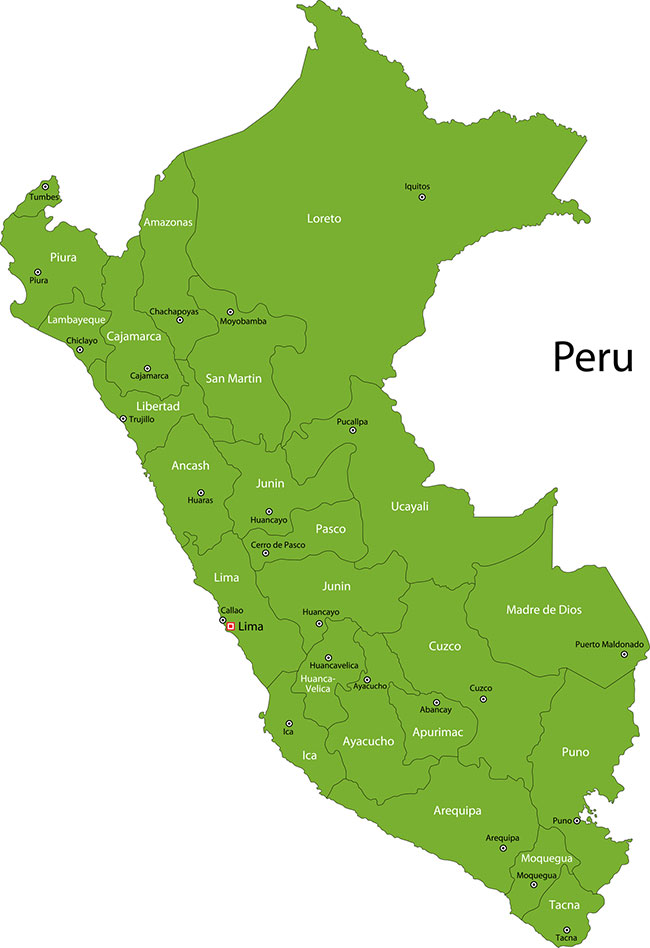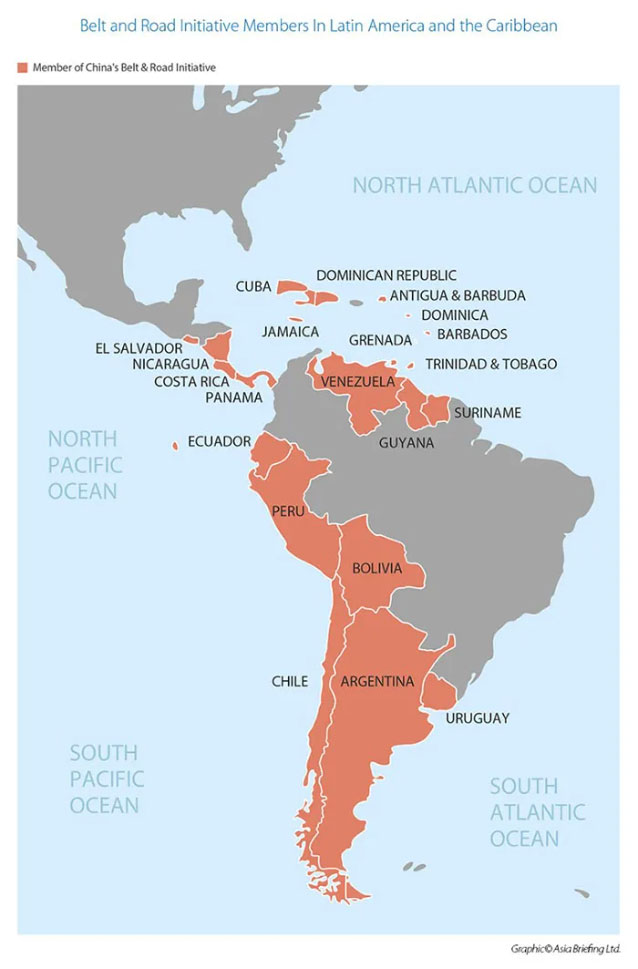Cosco To Invest US$3 Billion In Peru’s Chancay Port
China expanding supply chains with Peru’s Chancay and Callao Ports to be a Latin American resources hub
China’s State-Owned Cosco Shipping, together with China Railway, China Communications Construction Company and China Harbor Engineering Company are planning to invest about US$3 billion to develop the Chancay Container port in Peru, as the Chinese government continues to diversify its global supply chains and continues to invest in Latin America.
Plans for the port construction began in 2019, when Cosco Shipping Port bought a 60% stake in Terminales Portuarios Chancay from Peruvian mining group Volcan Compania Minera, a subsidiary of Swiss commodity trading group Glencore, to develop the Chancay port. It is the Cosco group’s first Deepwater port in Latin America. Phase 1 of the port construction in Chancay, 55km north of the capital city Lima, is underway and set to open next year.
According to the plans, the developed Chancay port will be able to accommodate the world’s largest container ships, handling up to 1 million TEU annually. The port will be part of an industrial complex that includes a 1,100-ha logistics park at Callao, Peru’s largest container port 78km to the south, meaning both will work in operational tandem.

China has actively been promoting investments and trade in Latin America. Last year, the Chinese Government arranged a series of ‘Latin America training’ sessions for Chinese businesses, examining the business environment, industrial characteristics and relevant investment policies in the region. It subsequently published an investment guide to help Chinese enterprises invest in Latin America. While these outbound Chinese investment initiatives are not unusual, they are in the regional context as Latin America is very much a United States investment play. Yet decades of mismanagement, exploitation and political interference have not properly aligned the region to the United States as say China has achieved with ASEAN. As a result, Latin American governments and businesses are looking to China, and to some extent Russia to boost investments, manufacturing, and exports from the region to markets in Eurasia and Asia.
Argentina for example has recently joined China’s Belt and Road Initiative while the Brazilian President has signed off significant trade agreements with Russia – all the more pertinent for the latter given the collapse of EU trade over Ukraine.
China-Latin America Trade & Investment Trends
In terms of China, 2020 data shows that China-Latin America trade in goods reached US$316.64 billion, while for the eight months January to August 2021, it reached US$289.72 billion, suggesting a YoY increase of at least 35%.
Chinese regional investment has also been growing. In 2020, China’s direct investment in Latin American industry was US$16.66 billion, and from January to August 2021, China’s direct investment in the same was US$15.09 billion, again implying a significant YoY increase. The region has reciprocated, by mid-2020 China’s Ministry of Commerce state that in total, Latin American and Caribbean countries have invested and established 34,633 enterprises in China, with a total investment amount of US$237.05 billion.
The Belt and Road Initiative in Latin America
22 Latin American and Caribbean nations have signed up to China’s Belt & Road Initiative. We identify them in this map as follows.

China-Latin America Free Trade Agreements & Potential
Latin America has a massive free trade bloc in the form of Mercosur, which includes Argentina, Brazil, Paraguay and Uruguay and associate members Bolivia, Chile, Colombia, Ecuador, Guyana, Peru and Suriname. It operates as a customs union, within which there is free intra-zone trade and a common trade policy between member countries. In 2021, Mercosur had a nominal GDP of about US$5.1 trillion. It has a population of about 295 million and an average GDP per capita (allowing for a significantly wide income range) of about US$11,887.
Within Latin America, China has Free Trade Agreements with Chile, Costa Rica, and Peru, is in negotiations with Panama and conducting a feasibility study for an FTA with Colombia. There has been some discussion of China entering into a complete FTA with Mercosur, a situation we examined previously in this article here.
It is also pertinent to note that China is a member of the BRICS grouping which includes Brazil and operates the multilateral New Development Bank (NDB).
Current China-Peru trade is centred on a Free Trade Agreement signed off in 2009. As a consequence, trade with China has more than doubled. Roberto Sánchez, Peru’s Minister of Foreign Trade has stated “This growth has allowed Peru to diversify its export basket to the China market, with more than 700 new products exported, 96% of which were from the non-traditional sector, such as metallic products, chemicals and textiles,” he said, adding that more than 1,500 new exporting companies are involved in the trade, 74% of which were ‘micro’ or small businesses. China-Peru bilateral trade is running at about US$40 billion per annum with Peru exporting about 2/3 of this volume.
Related Reading
About Us
Chris Devonshire-Ellis is the Chairman of Dezan Shira & Associates. The firm assists British and Foreign Investment into Asia and has 28 offices throughout China, India, the ASEAN nations and Russia. For strategic and business intelligence concerning China’s Belt & Road Initiative please email silkroad@dezshira.com or visit us at www.dezshira.com





